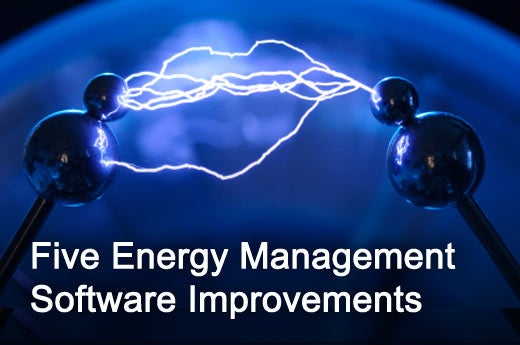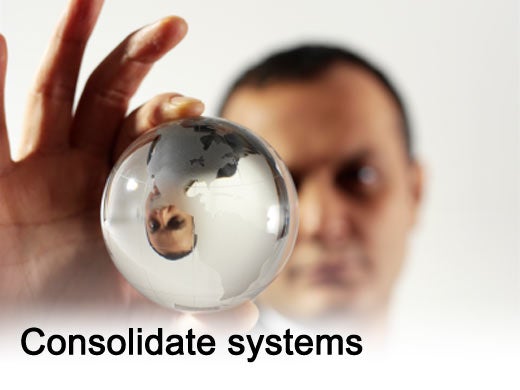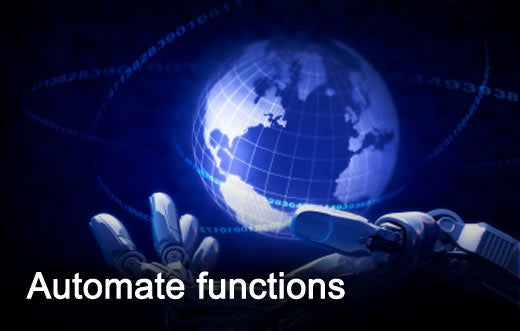Whether it’s due to the rising cost of energy, the ever-increasing demand for more processing power, the need to extend the life of your existing data centers or concern for the environment, energy management within the data center is now a top three concern for IT executives.
Usually, talk of improving energy efficiency in the data center revolves around virtualization, consolidation and improved management of power and cooling systems. This is only natural considering hardware systems are what actually consume the energy.
But a growing number of voices are starting to question whether software should play a greater role in the green effort. After all, software drives the functioning of hardware, and the more cleanly and efficiently it can get the job done, the less stress is placed on physical resources.
This slideshow highlights ways software can be used to improve overall data center energy use, helping both the company’s bottom line and the environment.
Click through for new ways to improve energy management in the data center.
Understand the impact of energy use in the context of the workloads that the data center is processing, instead of using physical meters. The most efficient and cost-effective way to accomplish this is through a software solution such as Sentilla Energy Manager. This software measures, tracks and analyzes your entire data center's energy profile, down to every asset, whether metered or not, improving the overall planning and management of your data center operations.
There are a number of ways software can be tweaked to draw down energy usage. Chief among them are techniques to separate the OS across multiple cores and dedicate specific cores to specific functions — methods already being employed in some laptop and smartphone applications. Signal-processing environments also are seeing tighter integration between the multicore hardware and software layers — a move that is at once improving data-networking speed and lessening the energy draw from enterprise networking components.
Combine energy-saving efforts across the application and hardware layers, bringing under one roof the often conflicting efforts of IT management, facilities management and executive-level oversight. Newcomer Viridity Software is looking to tap into this vein through a series of systems and services aimed at energy management and asset optimization.
Another fresh face is nlyte Software, which recently unveiled a new version of the Data Center Performance Management system that combines asset discovery and workflow management to optimize resources by consolidating IT activity onto as few systems as possible. The package also includes an advanced modeling module that helps gauge the impact of changes to infrastructure, cooling and space, both from an energy and operational perspective.
Management software is now available with an eye toward improving energy consumption and automating many of the labor-intensive system oversight tasks in the enterprise.
For instance, IBM Tivoli Monitoring (ITM) software stack is aimed at providing a full view of energy use in the data center. The package provides historical trending, current use analysis and forecasting, as well as automation functions for setting use thresholds.
Automated control of servers and storage systems are effective when data demands are relatively constant or follow predictable use patterns. Unpredictable environments cause the most trouble, though, and it's one of the niches that Cassatt has carved out for itself. The new release of the company's Active Response system features demand-based policies for real-time IT infrastructure control.
Energy-saving functions also are finding their way onto the operating-system level. The new Red Hat Enterprise Linux 5.2 offers "CPU frequency scaling" through Intel's Dynamic Acceleration Technology. The system cuts power to idle cores and boosts the performance of active ones by overclocking them without overheating.








